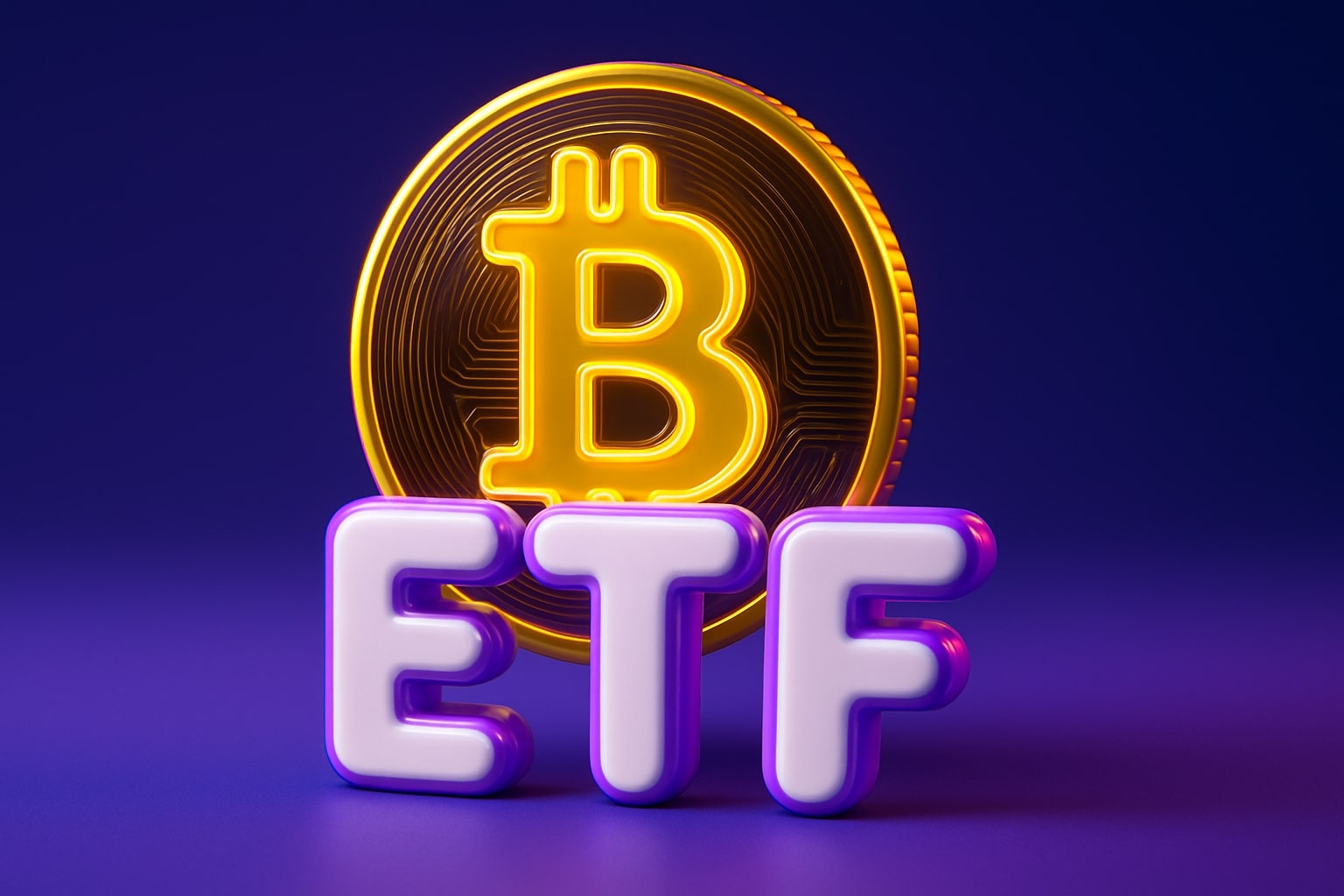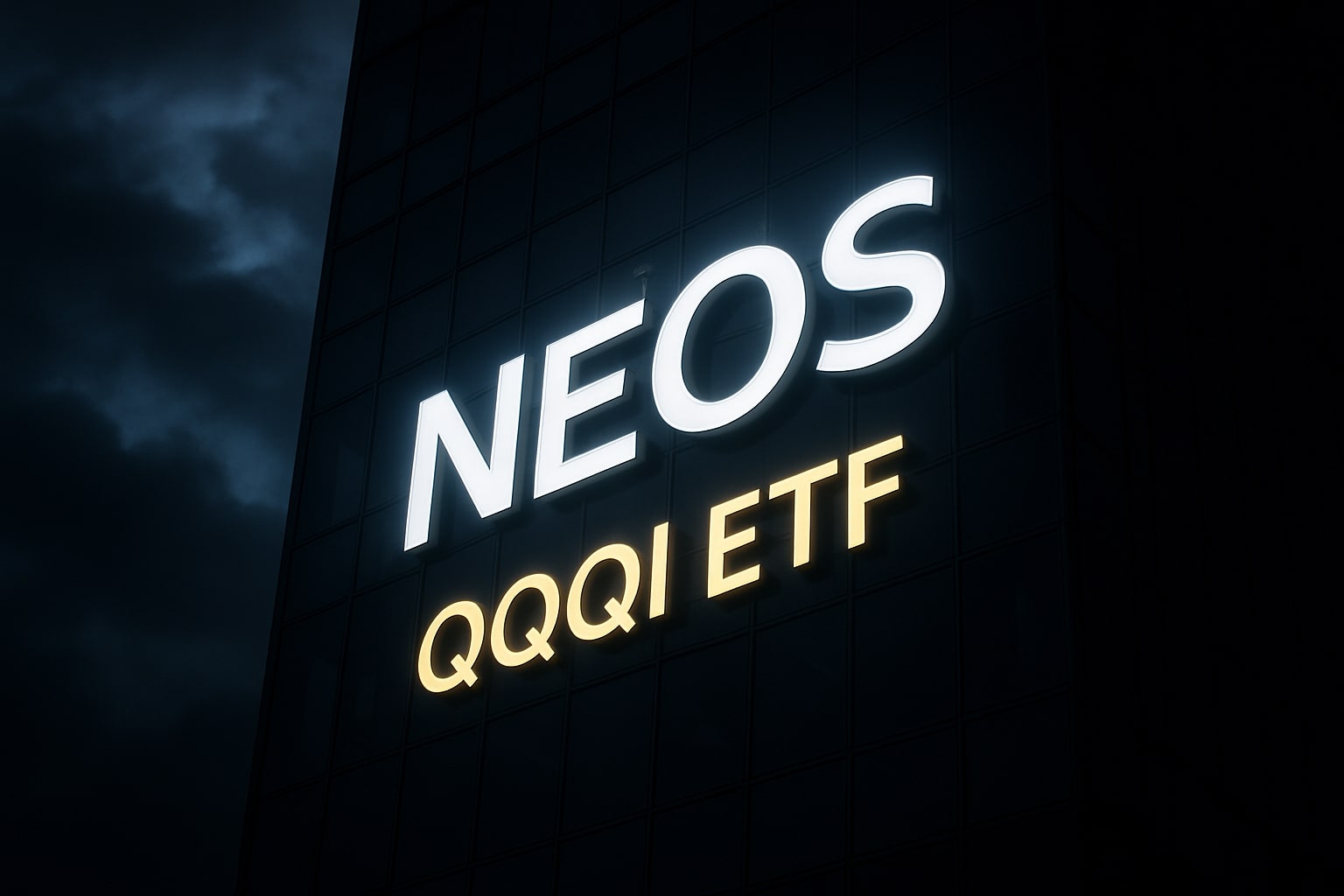
Bitcoin ETF Exodus Deepens: $4.34B Outflows Pressure BTC-USD Near $88,900 as IBIT Sees Record $2.2B Pullback
Institutional sentiment cools as BlackRock’s IBIT leads November redemptions, while lifetime Bitcoin ETF inflows stay firm at $57.6B | That's TradingNEWS
Institutional Exodus From Bitcoin ETFs Deepens as BTC-USD Tests $80,000
U.S. spot Bitcoin ETFs (BTC-USD) are undergoing the most intense capital rotation since their 2024 debut, with $4.34 billion in four-week cumulative outflows signaling sustained institutional retrenchment. The BlackRock iShares Bitcoin Trust (IBIT) recorded $1.09 billion in weekly withdrawals and $2.2 billion for November, its worst month on record. Daily volatility in flows reflected market instability—$238.4 million in inflows on Friday offset by $903.2 million in redemptions Thursday, marking the sharpest single-session drop since February. Trading volumes hit $11.5 billion, with IBIT accounting for $8 billion, as Bitcoin oscillated from $95,600 early week to $82,200 before stabilizing at $88,900 (+1.5%).
ETF Flows Directly Influence Bitcoin Price Trajectory
A study from Citi Research quantifies the correlation between fund movements and price impact—every $1 billion withdrawn cuts Bitcoin’s price by 3.4%. This mathematical relationship mirrors November’s $3.5B capital exit, driving BTC-USD’s slide from near $95K toward $80K. Since the January 2024 ETF launches, cumulative inflows reached $57.6 billion, equivalent to 6.53% of Bitcoin’s market cap. Despite short-term stress, total ETF assets remain $110.11 billion, supported by $11.02 billion in daily trading turnover, confirming that liquidity remains robust even amid withdrawals.
IBIT and FBTC Lead Institutional Redemptions
The IBIT ETF, controlling the largest pool of Bitcoin exposure, remains both the backbone and volatility center of the ETF ecosystem. It holds $62.7 billion lifetime inflows, yet November saw sustained redemptions amid de-risking. Fidelity’s FBTC, with $11.8 billion in total inflows, mirrored the pattern—recording $190.4 million in single-day outflows during market turbulence. Grayscale’s GBTC, still burdened by its conversion overhang, logged $25 billion in cumulative outflows, dragging the aggregate ETF complex lower and amplifying risk sentiment.
Bitcoin’s Correlation With Tech Signals Structural Shift
Market data confirms Bitcoin’s growing linkage with technology equities. The BTC-USD correlation with Nasdaq 100 reached a historical peak, transforming Bitcoin into a proxy for broader “risk-on” sentiment. When AI, semiconductor, or growth stocks decline, ETF redemptions accelerate, reinforcing downside volatility. This interlinkage has effectively repositioned Bitcoin as a liquidity-sensitive asset responding to macro tightening rather than an isolated digital store of value.
Altcoin ETFs Show Divergent Momentum
While Bitcoin struggled under selling pressure, alternative ETFs painted a contrasting picture. Solana ETFs captured $128.2 million in inflows, marking their fourth consecutive positive week—led by Bitwise’s BSOL ($86.3M). XRP ETFs amassed $179.6 million, dominated by Canary’s XRPC and Bitwise’s XRP, including a $243.05 million single-day inflow. Conversely, Ethereum ETFs continued their decline with $500.25 million in weekly redemptions, led by BlackRock’s ETHA (-$558.9M), emphasizing capital rotation toward outperforming altcoin categories.
Short-Term Trading Range and Technical Equilibrium
Vincent Liu, CIO at Kronos Research, identifies $85,000–$90,000 as Bitcoin’s near-term equilibrium band, describing current activity as a structural consolidation. Citi’s modeling aligns with a $82,000 year-end projection under continued ETF stagnation. Analysts from Deutsche Bank highlight fragile market depth and derivative leverage as key vulnerabilities. Despite this fragility, major funds like BlackRock and Fidelity maintain long-term exposure, viewing the correction as cyclical, not systemic.
Volume Surges Amid Market Fatigue
Bloomberg data shows record ETF turnover of $11.5 billion, reinforcing that capital participation remains intense even in redemptive phases. According to Nick Ruck of LVRG Research, this signals “a risk-paring process rather than capitulation.” The 10x Research sentiment index has hit record pessimism, a level historically tied to tactical market bottoms, often preceding short-term recoveries once forced selling slows.
IBIT as the Institutional Barometer
The BlackRock IBIT ETF continues to dictate market tone. Despite temporary withdrawals, it sustains 72% of total Bitcoin ETF volume and acts as the benchmark for institutional flows. During Friday’s stabilization phase, IBIT absorbed $238.4 million in inflows, showing algorithmic funds returning to short-cycle buying patterns. Its size ensures that its activity directly translates into BTC-USD volatility, magnifying both rebounds and declines.
Read More
-
QQQI ETF Draws $297.7M Inflows as Price Nears $53.93 and Yield Tops 14%
24.11.2025 · TradingNEWS ArchiveStocks
-
Ripple XRP ETF Boom: XRPI and XRPR Skyrocket as XRP Nears $2.24 Amid $700M Institutional Inflows
24.11.2025 · TradingNEWS ArchiveCrypto
-
Natural Gas Price (NG=F) Steadies at $4.53 as Record U.S. Output Offsets Global Winter Demand Surge
24.11.2025 · TradingNEWS ArchiveCommodities
-
USD/JPY Price Forecast - USD to JPY Stabilizes at 156.70 as Japan’s Fiscal Stimulus Collides with BoJ Caution
24.11.2025 · TradingNEWS ArchiveForex
Macro Environment and Policy Impact
Fed rate cut probabilities have doubled within two weeks, providing temporary relief to digital asset markets. A weakening yen and softening U.S. yields have reignited Bitcoin’s hedge narrative, particularly in Asia-Pacific flows. Arthur Hayes predicts BTC stabilization near $80,000 before resuming a liquidity-driven rally, citing improving cross-border capital inflows and easing dollar pressure as triggers for renewed upside momentum.
Outlook and Market Positioning
Despite persistent withdrawals, U.S. spot Bitcoin ETFs still command $110 billion in total assets, solidifying their structural presence in global markets. BTC-USD currently trades around $88,900, with $80,000–$82,000 forming critical support and $90,000 acting as short-term resistance. The ETF complex remains the primary engine of volatility—outflows dictate corrections, inflows drive rallies. Institutional repositioning, particularly within IBIT, will determine whether Bitcoin stabilizes or retests the $80K floor.
Verdict: Hold — while sentiment remains fragile, consistent liquidity, institutional retention, and historical recovery patterns justify maintaining exposure as the market consolidates before a potential Q1 2026 rebound.


















